How To Use Wheat Germ Oil For Scars, Wrinkles and Skincare
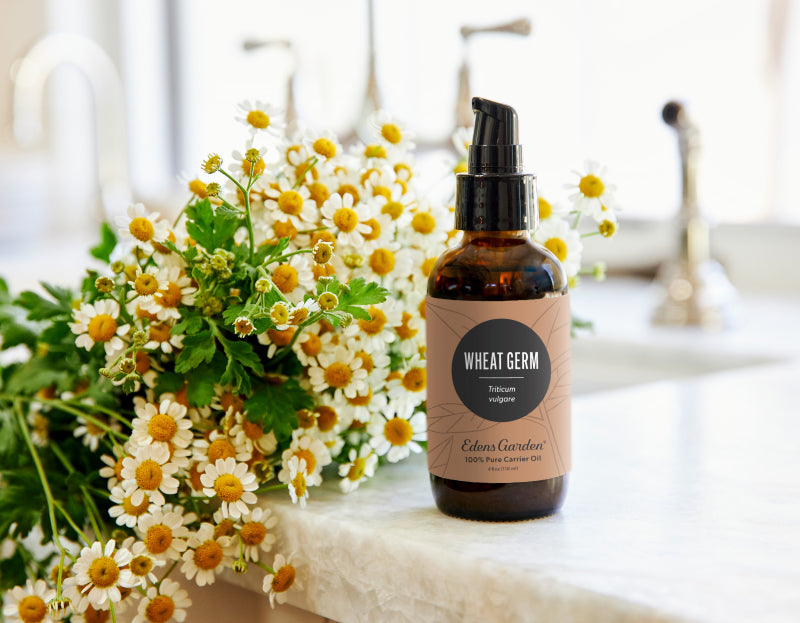
At Edens Garden, we offer a wide variety of top quality carrier oils. And while much is known about bestsellers like Jojoba, Argan and Rosehip oil, we often get questions about lesser known oils like Wheat Germ.
For example, not many are aware of Wheat Germ’s ability to effectively diminish the appearance of scars and wrinkles while offering a bevy of additional skincare benefits. In this guide, we’ll discuss the many benefits of Wheat Germ, how best to use it and why it’s one of our favorites. Read on to get acquainted (or reacquainted) with Wheat Germ.
What Is Wheat Germ Oil?
As a part of the wheat kernel, wheat germ lends itself to be one of the most nutritious and healthful components of “whole grain wheat.” Wheat germ is also the embryo of wheat seed, which sprouts into a new plant.
Our Wheat Germ oil is obtained by expeller pressing the germ using high pressure until it releases its oil. The oil is then collected.
Wheat Germ oil, unlike other carriers we offer, is rarely used in cooking but rather is ingested for its high nutritional value by way of capsules and tinctures. It also, is of course, used topically for its dramatic skincare benefits.
How To Use Wheat Germ Oil For Scars, Wrinkles and Skincare
Wheat Germ oil is a natural source of Vitamin E, and also contains a significant amount of skin-nourishing fatty acids such as linoleic acid and linolenic acid. Here’s how this lends Wheat Germ to be a great topical aid for scars, wrinkles and more.
Scars
A little known secret about Wheat Germ? Its antioxidant and anti-inflammatory properties lend this oil to speedily regenerate skin tissue and minimize the appearance of old and new scars. Here’s how.
- A peptide isolated from wheat germ was studied for its wound healing properties. Scientists concluded that the peptide provided an anti-inflammatory effect, boosted collagen production and accelerated wound healing.
- A study on linoleic acid’s wound healing effects found that linoleic acid increased tissue mass and DNA contents at the wound site. This paired with its anti-inflammatory nature helped to speed up wound healing, leaving minimal scarring.
HOW TO USE: To use Wheat Germ to prevent scars, apply 1-2 pumps to the area of concern morning and night once the wound has closed. For existing or old scars, combine 6 drops of Skin Love and 10 ml of Wheat Germ. Add to a 10 ml roll-on and shake gently to combine. Apply to the area of concern morning and night.
Wrinkles
As previously mentioned, Wheat Germ is a rich source of Vitamin E and linoleic acid, and it’s these two components which make this oil supremely effective at reducing the appearance of fine lines and wrinkles. Here’s how.
- Vitamin E is known to be a highly effective antioxidant. A study on Vitamin E’s free radical fighting potential found that this compound was useful in minimizing photo-inflammation–a common cause of skin aging. It was thus concluded that Vitamin E was able to prevent and reduce wrinkles and other signs of aging.
- Linoleic acid is a natural precursor to ceramides and moisturizing element found in skin. While our bodies don’t produce linoleic acid, they do absorb them through food. Studies have shown that as we age, less linoleic acid is found in the skin which can lead to a lack of moisture and aging. By adding linoleic acid back into your skin care routine, you can replenish moisture and ceramides, thus preventing the appearance of skin aging.
HOW TO USE: To prevent or reduce the appearance of wrinkles, create a serum by combining 1 tbsp of Wheat Germ, 1 tbsp of Moringa and 6 drops of Age Defy. Apply one pump as the last step in your skincare routine each night.
Skincare
Along with reducing scars and wrinkles, Wheat Germ oil offers a variety of additional benefits towards skincare. Here’s what science shows us.
- A study on herbal moisturizers found that while Wheat Germ oil and aloe vera were moisturizing on their own, when they were combined and turmeric extract was added, the combination was found to work in synergy to be even more moisturizing.
- Wheat Germ oil’s fatty acid content, moisturizing, antioxidant and anti-inflammatory properties lends itself to help with a variety of skincare issues. When used in daily skincare maintenance, Wheat Germ can boost the appearance of glowing, blemish-free skin.
HOW TO USE: Use Wheat Germ in your everyday skincare routine or to tackle blemishes. Simply apply a pump as the last step in your skincare routine. For blemishes, Combine 10 ml Wheat Germ, 1 drop Tea Tree and 1 drop Lavender essential oil. Gently shake to combine and apply to the blemish morning and night.
What Can I Mix With Wheat Germ?
While the above recommendations are generally recommended for all skin types, you may be wondering what you can mix with Wheat Germ to fit your specific skin type or need. Here are top recommendations for individual skin types.
Dry Skin: Combine Wheat Germ with equal parts Castor oil, Avocado or Hemp for a supremely moisturizing mixture.
Oily Skin: Blend Wheat Germ oil with equal parts Kukui Nut, Evening Primrose or Jojoba oil for a combination that balances the skin’s natural oil production.
Combo Skin: Mix equal parts Wheat Germ, Rosehip and/or Coconut oil, applying more to dry skin patches and less to oily areas.
Damaged Skin: For skin that’s been damaged by sun spots, burns, bruises, etc., combine 1 oz Wheat Germ, 5 drops Frankincense (any), 5 drops Helichrysum- Italicum, 3 drops Lavender (any), 3 drops Patchouli (any) and 2 drops Carrot Seed. Apply to areas of concern morning and night.
Inflammation: For skin inflammation, mix 1 ounce of Wheat Germ oil with 10 drops Plai and 8 drops Hemp. Apply to the area of concern as needed.
Sources
- Wheat Germ Oil. https://www.sciencedirect.com/science/article/pii/B978189399797450019X
- A wheat germ-derived peptide YDWPGGRN facilitates skin wound-healing processes. https://pubmed.ncbi.nlm.nih.gov/32059850/
- Effect of oleic and linoleic acids on the inflammatory phase of wound healing in rats. https://pubmed.ncbi.nlm.nih.gov/17918246/
- A new wrinkle on topical vitamin E and photo-inflammation: Mechanistic studies of a hydrophilic gamma-tocopherol derivative compared with alpha-tocopherol. https://pubmed.ncbi.nlm.nih.gov/16778813/
- Linoleic Acid. https://www.beginswithskin.com/linoleic
- Skin Aging and Photoaging Alter Fatty Acids Composition, Including 11,14,17-eicosatrienoic Acid, in the Epidermis of Human Skin. https://www.ncbi.nlm.nih.gov/pmc/articles/PMC2877242/
- Comparative measurement of hydration effects of herbal moisturizers. https://pubmed.ncbi.nlm.nih.gov/21808557/
Grab The Essentials Here:
Leave a comment (Comments will be approved before showing up)
4 comments
Teri
Does wheat germ help with wrinkles when added to your favorite beverage or just a glass of water
Edens Garden
Hi Lora! Our Wheat Germ has a shelf life of 1 year when properly stored.
Lora
I’m told by another aromatherapist that wheat germ quickly becomes rancid. Ur thoughts on this as it sounds too risky to use?
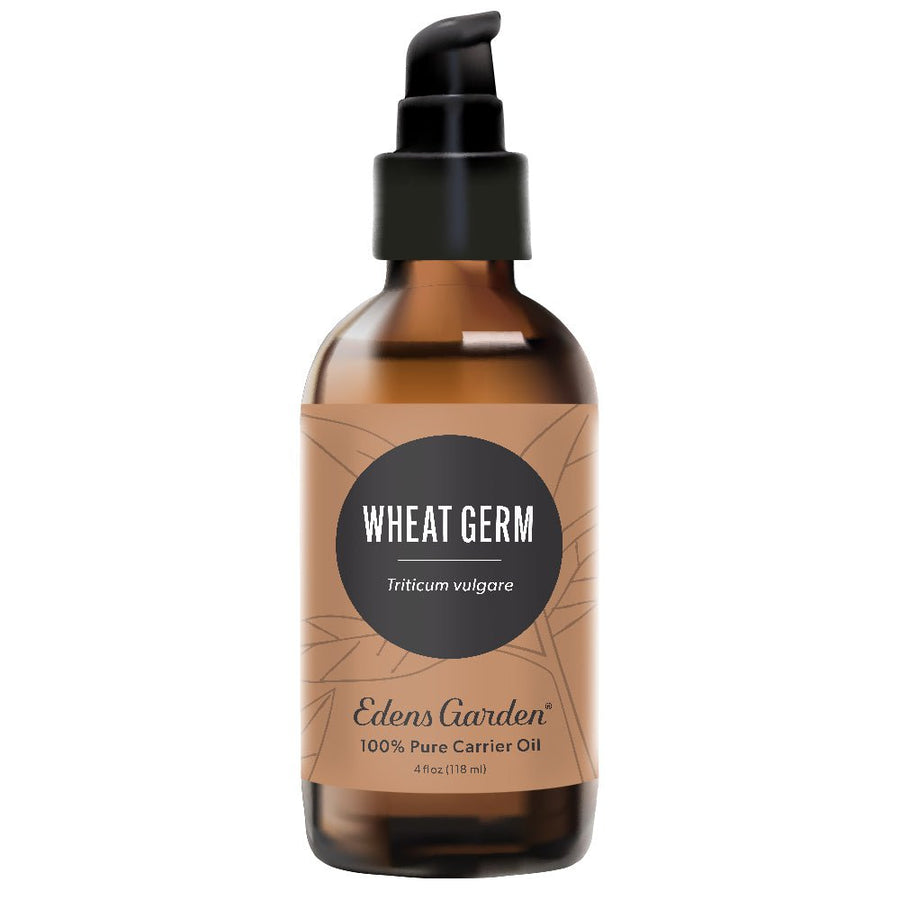
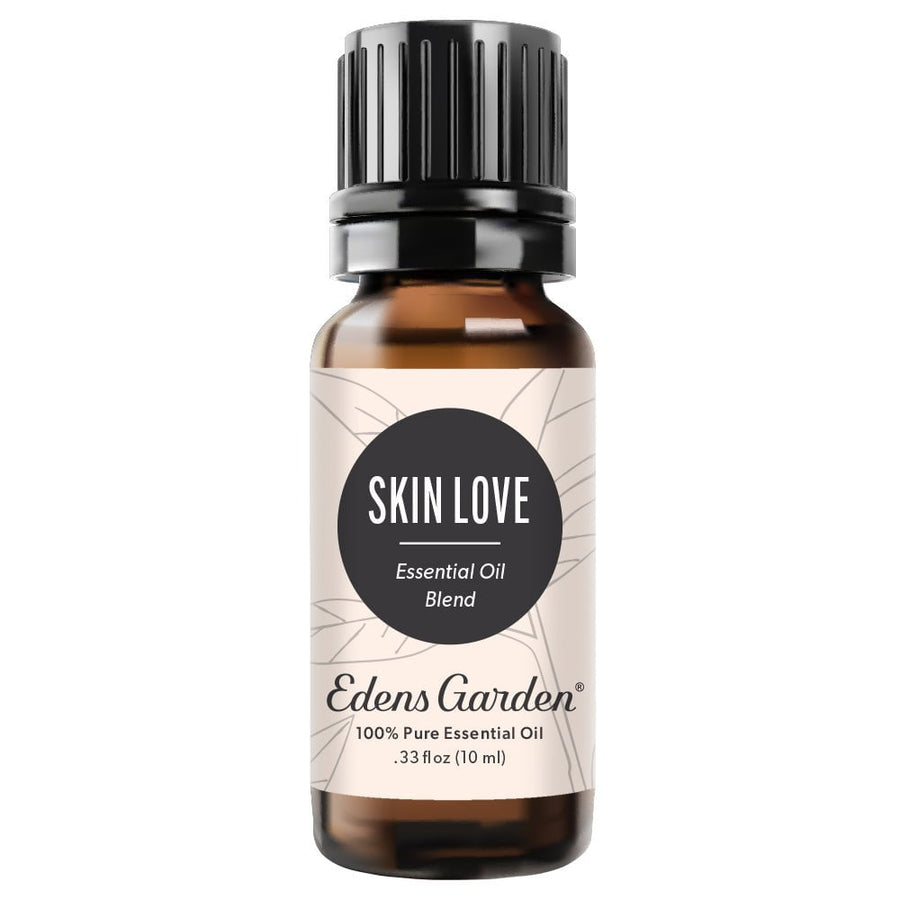
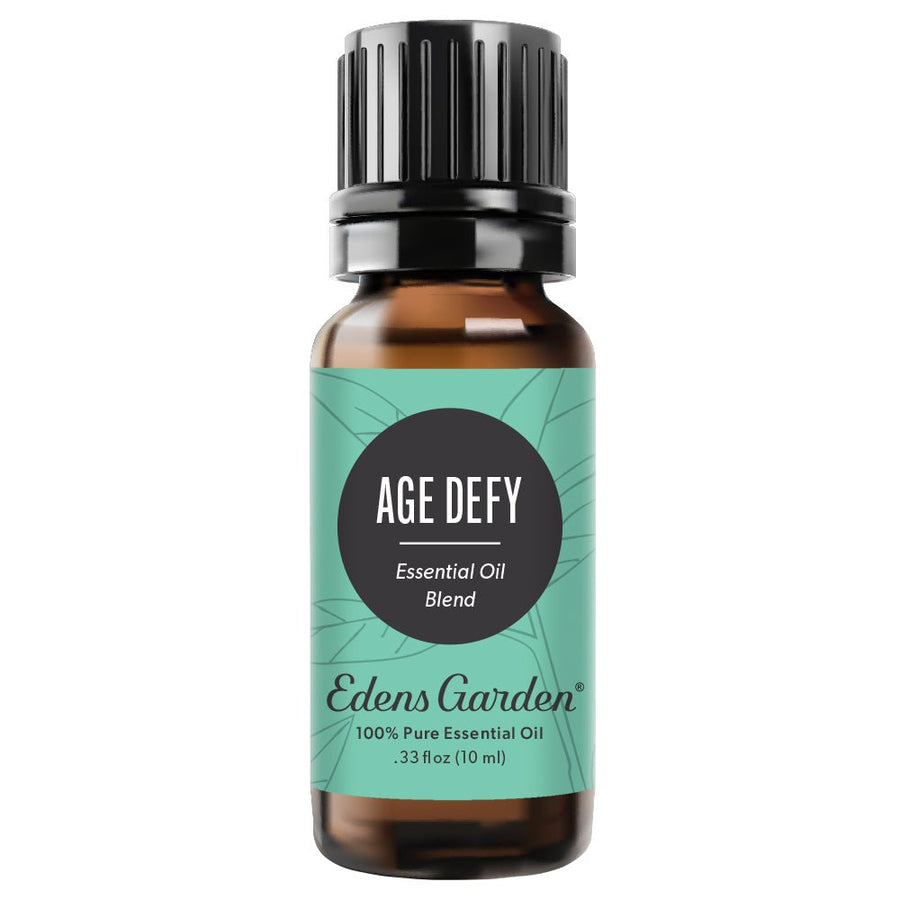


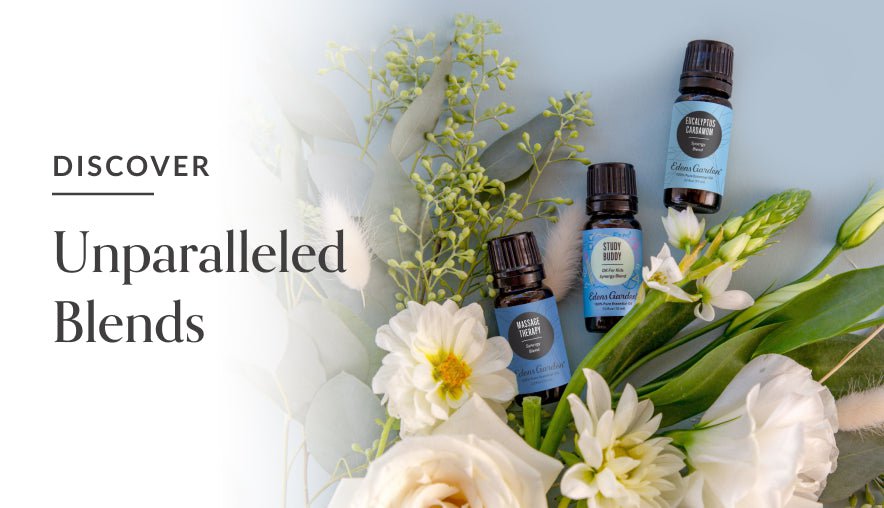
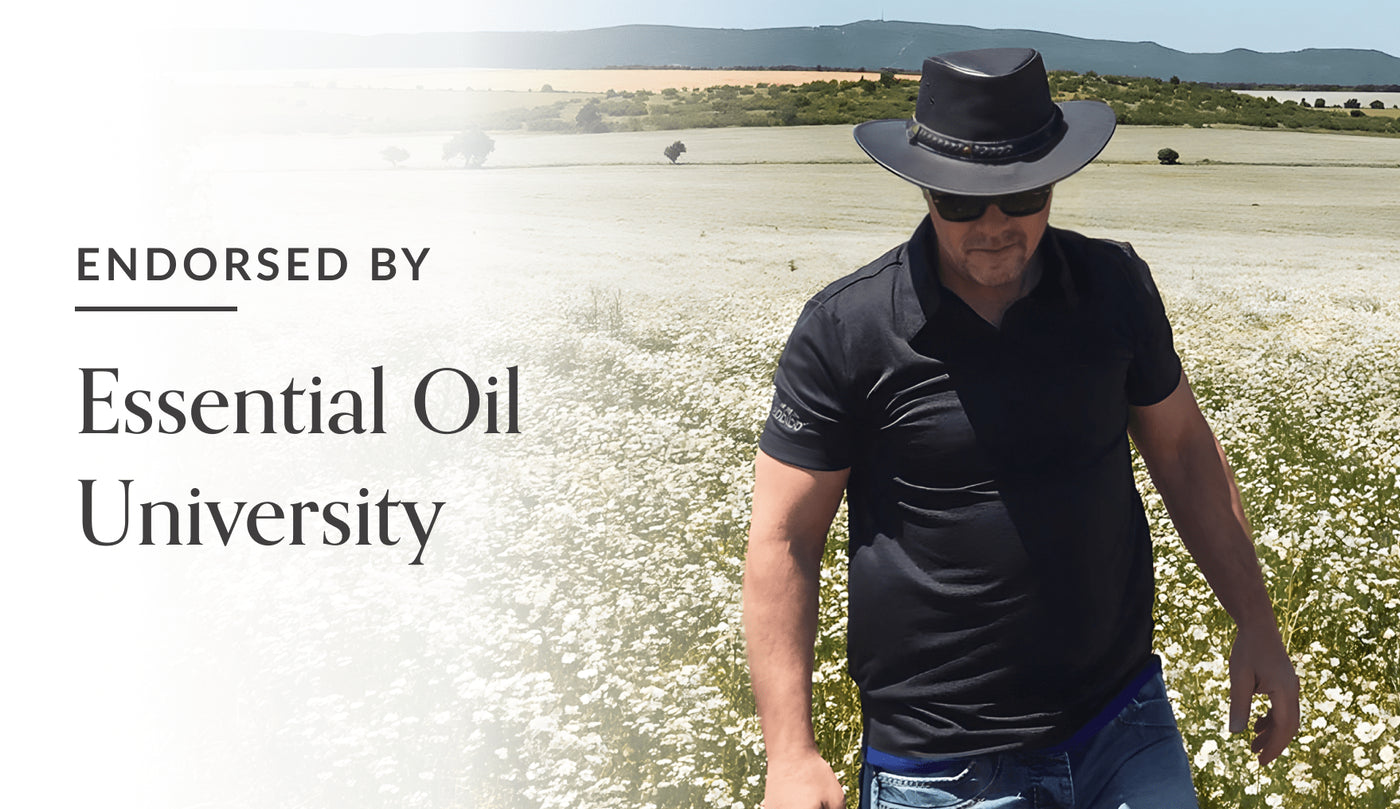
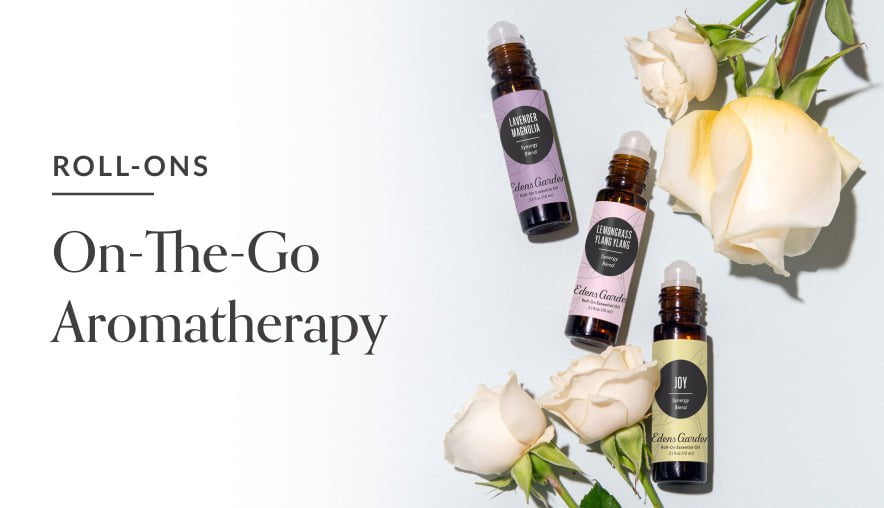
Edens Garden
March 28, 2023 at 10:08 am
Hi Teri! Wheat Germ does offer some benefits when taken internally, but for mature skin, we recommend applying it directly to the skin.